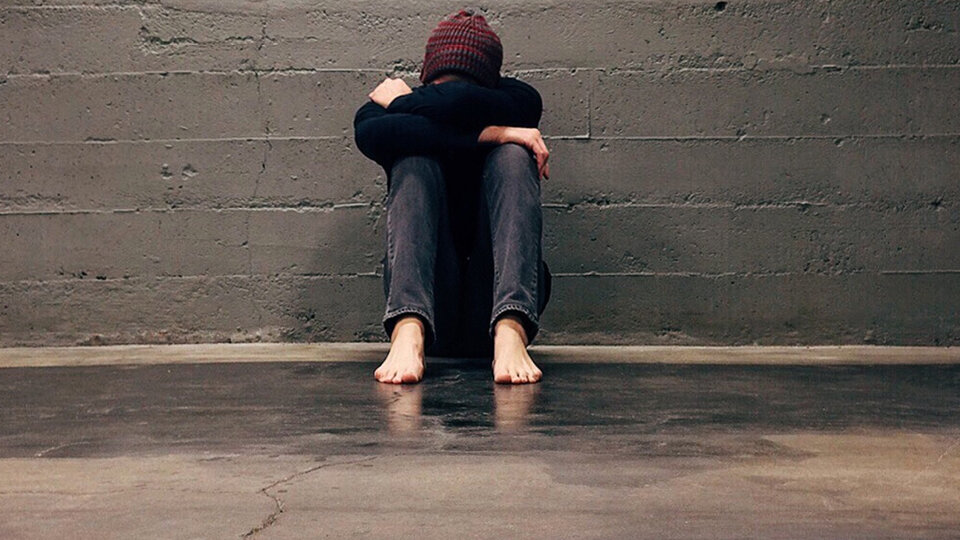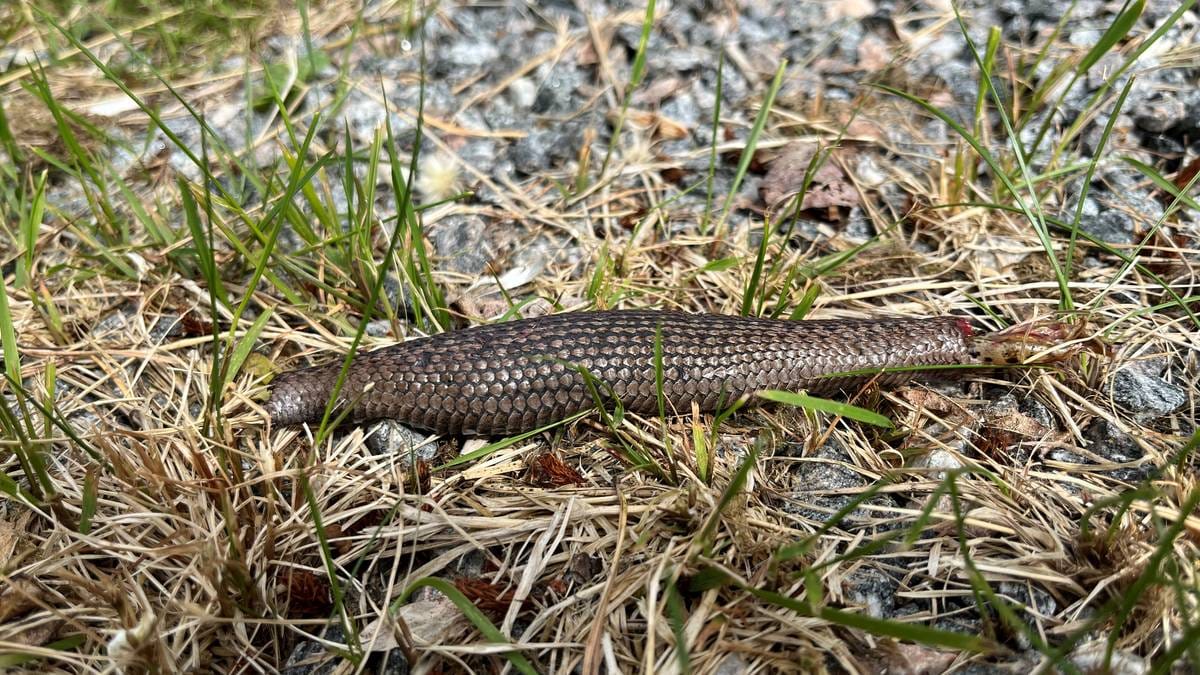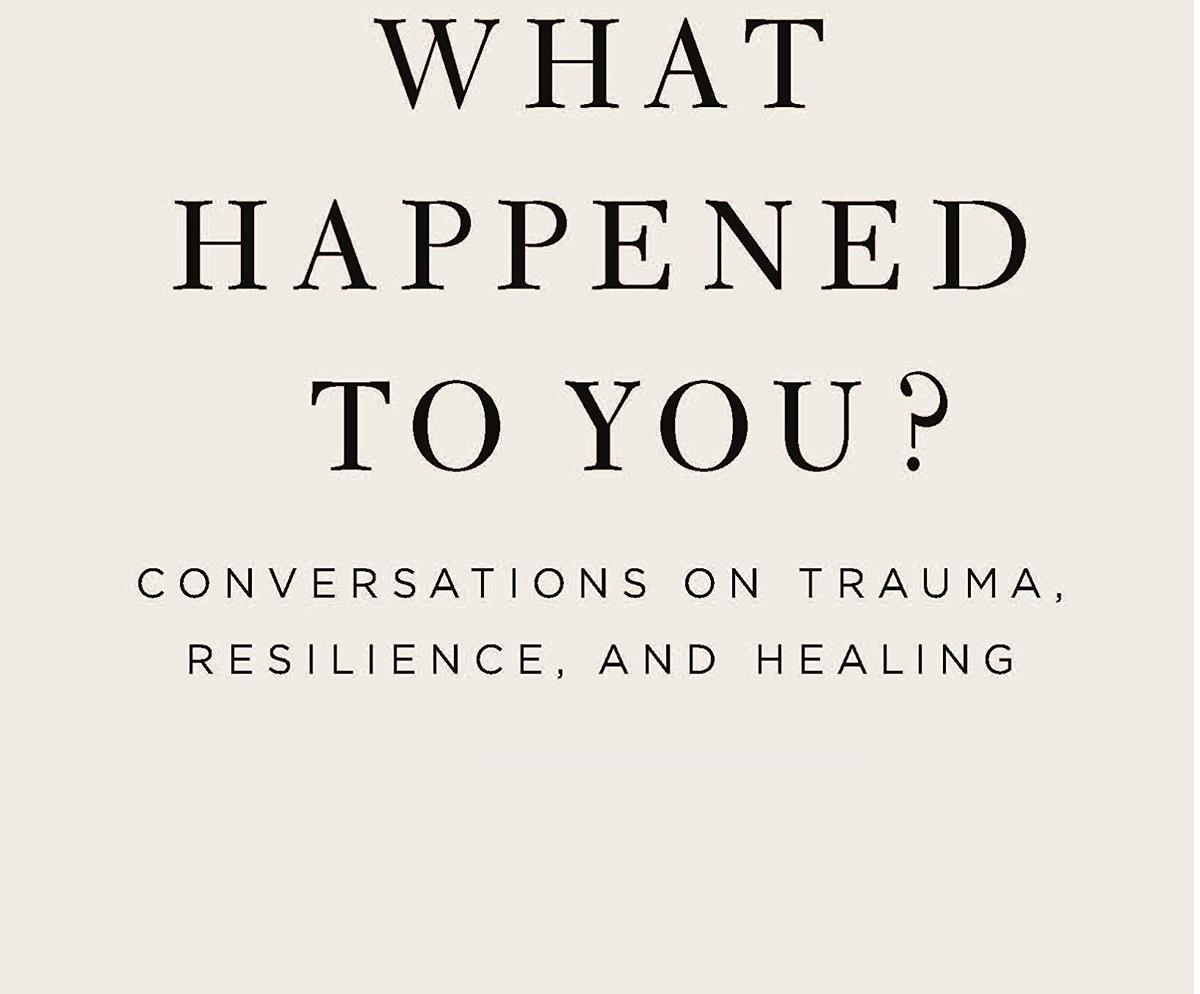He panic disorder it is not a “fashion”, a prejudice that grows in the company of others. It is not a neurotic upper-middle-class condition or an invention of the pharmaceutical industry. Today it is diagnosed more than before because there is a lot of information circulating and the people affected, in the hands of mental health professionals, can identify their problem faster and receive the appropriate treatment. Psychologists and psychiatrists confirm that consultations for panic attacks and anxiety disorders in general increased in the post-pandemic. “The panic attack is an end of the world that fits in ten minutes; a cataclysm that is merciless with the body and with any glimpse of calm that could be in the soul. It is a chaotic interval that leaves one stunned, exhausted, and horrified by the possibility of another attack. That leaves one in a permanent state of fear of fear”, describes the journalist Ana Prieto in the book Panic. Ten minutes with death, published by Marea publishing house in 2013.
extreme fear
The difference between a panic attack and a panic disorder, as Prieto warns in the book, lies in persistence. A panic attack can strike anyone at any time.overwhelm him for fifteen minutes, and then leave without leaving any sequelae and never appear again. The disorder, on the other hand, assumes that the panic is here to stay. Panic was conceived within an exclusive category in 1980, when the third Diagnostic and Statistical Manual of Mental Disorders (DSM), prepared by the American Psychiatric Association, decided to include it. “Panic attacks are episodes of extreme fear in which a series of physical and cognitive symptoms are experienced. –explains psychologist Giselle Vetere, a specialist in clinical psychology–. They are an adaptive response of the organism to situations in which we may be exposed to danger; in these situations there is a discharge of adrenaline, norepinephrine and cortisol that cause a response of physiological hyperactivation, causing tachycardia, tremor, the sensation of drowning, dizziness”.
These symptoms are often interpreted as “dangerous” and, according to the cognitive model, the chances of repetition of the crises and the appearance of panic disorder increase. Panic disorder involves the sudden, repeated, and unexpected onset of panic attacks. To diagnose panic disorder, panic attacks must be followed by persistent worry about having more panic attacks or about the implications, such as dying or going crazy,” Vetere adds. The specialist in clinical psychology observes that the pandemic It meant unprecedented social isolation and a high level of stress for various reasons. “Fear of contagion, uncertainty in the workplace, the loss of loved ones and sources or forms of employment in many cases, living together without respite or extreme isolation all mean very high levels of stress.” The factors that predispose to anxiety disorder or panic disorder are the genetic load, chronic or very intense and acute stress and anxiety, a history of traumatic episodes, the abuse of some substances such as caffeine, and some diseases such as hyperthyroidism. Vetere highlights that women are more predisposed to anxiety disorders, including panic disorder, “a very common condition that affects around 3% of men and 9% of women in the general population”. The data that Vetere cites are from the National Institute of Mental Health (NIMH).
The psychiatrist Pablo E. Resnik, who is dedicated to care, teaching and research in the field of anxiety disorders, co-directs the Center for Medical Research in Anxiety (CentroIMA). “Panic feeds on uncertainty, tension, insecurity, and the impossibility of controlling the environment. The pandemic generated a lot of this and what it leaves behind is as if the world had changed for many people in terms of the perception of what they can and cannot control, what can and cannot happen, what they can foresee and what not.. The panic attack is like an extreme situation of the self, it is as if it exploded, as if it could no longer resist. It is as if the uncertainty, the danger, the latent threat, fell on one like lightning”, compares the author of Anxiety, stress, panic and phobias (2015) and emphasizes that “we never had the number of consultations that we have now for anxiety disorders in general, much more than normal, in fact we are always half collapsed.”
the worm of anguish
One afternoon in February 2012, Analía Giménez, a 30-year-old lawyer at the time with a two-year-old son, left work and took the subway at the Uruguay station on line B. She had to travel to the Malabia station; but she began to feel discomfort in her body and that she was short of breath. I faint here, she thought. A station before Malabia she got off. “I couldn’t take the fear and discomfort that she had any longer,” she reviews and tells that she went to a pharmacy because she believed that she had lowered her blood pressure. She had her blood pressure taken and she was fine. Since she was five blocks from her house, she gathered her courage and walked. She “had blurry vision; I felt like I was out of my body.” When she got to her house, she threw herself on the couch and told her mother, who was taking care of her grandson: “I can’t take it anymore, I’m short of breath, I can’t breathe.” Analía’s mother called the ambulance. They examined her and told her that it could have been “heat stroke”, that she should rest and that the next day she would be fine.
Analía’s voice trembles as she reconstructs what she experienced. The next day she went back to work and during that week she had two more panic attacks. One of her went to work for her, in the morning, and he had to go look for her husband. She returned the ambulance to her house, they checked it one more time and found nothing. She recommended that she hydrate well. The third was at her house; she was terrified of fainting, she felt that she was going to vomit and she was invaded, mercilessly, by a mutinous army of palpitations. He had high blood pressure and was at 125 beats per minute. “I have to admit you,” the doctor announced. She was hospitalized for five days and they took the opportunity to carry out various studies. “At first they believed that she could have a bacterium in her heart. I remember being hospitalized, connected to the things that sounded all the time because they couldn’t lower my blood pressure. They found nothing on her, they discharged her and suggested that she go see a psychologist. Her symptoms increased. Anguish was like a worm crawling through her chest. She couldn’t go out into the street; she had agoraphobia, which is an intense fear and anxiety generated by being in situations or places in which the person feels that they are trapped, that they cannot get out.
The return to “normal”
Analía went to see a “well-known” psychiatrist who evaluated her and diagnosed her with panic disorder for the first time. At that time, she medicated her with sertraline and clonazepam to stabilize her because she couldn’t go anywhere on her own, she was afraid of everything, she took leave from work and was locked up in her house all day. “Within two weeks, the medication began to take effect.; I stopped crying and began to feel a little better and I began a psychiatric and psychological treatment that I continue to this day, now a little more spaced out and lighter, where I was learning what panic disorder is, which is something that will accompany me throughout my life…” He took a breath in those seconds of pause and continued: “It was a pretty hard blow; I thought it was something that was cured.” The attacks were spaced out with the medication. “I have had months where I did not have it, but suddenly they appeared and again I could not control them, I had to increase the dose of clonazepam until I started doing some cognitive behavioral therapy treatments and I was able to go out alone, I traveled again by subway and little by little I was resuming my normal life”.
“The panic attack does not ask for your permission, it grabs you when you least expect it,” says Analía, revealing that she has had attacks at work and also on vacation. “It is better that the person next to you understands what is happening to you and helps you think: It’s a panic attack, I’m here to help you, don’t worry, nothing will happen to you. That they give you a hug and that they let you vent is extremely important so that the crisis passes faster.” He no longer has “serious crisis episodes”, but he does have some symptoms that appear from time to time. “When I detect them I realize that it is anxiety. Then I take a few breaths or connect with something that I know calms me down and I don’t get to the panic attack itself”, he acknowledges and clarifies that he would like to convey to those who are going through this situation for the first time that they can be well again and have a normal life, “even if now they think not”.


